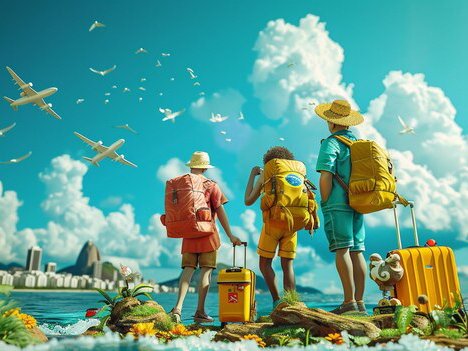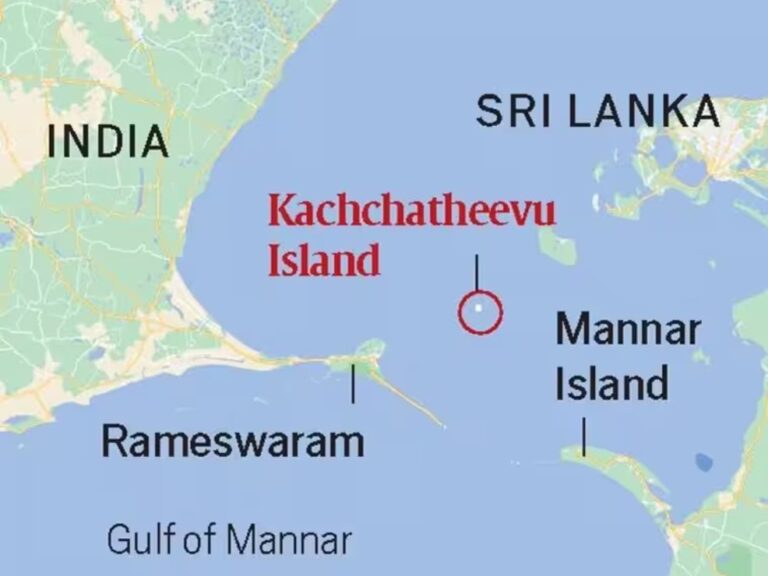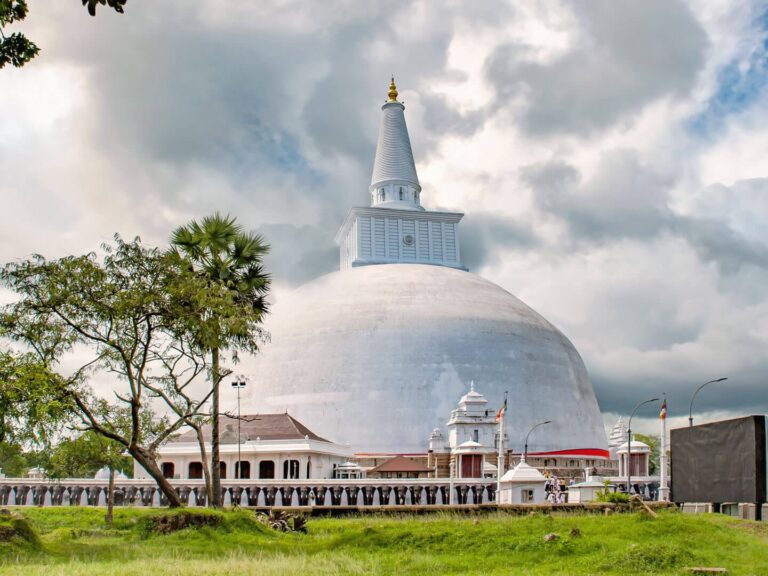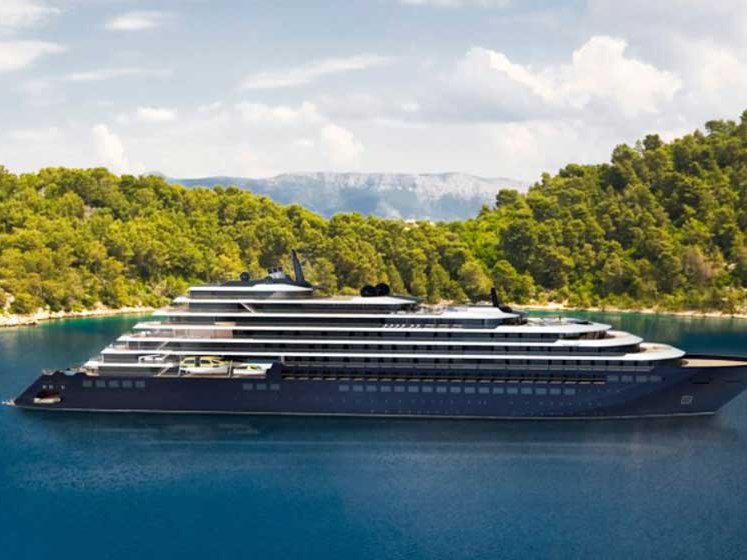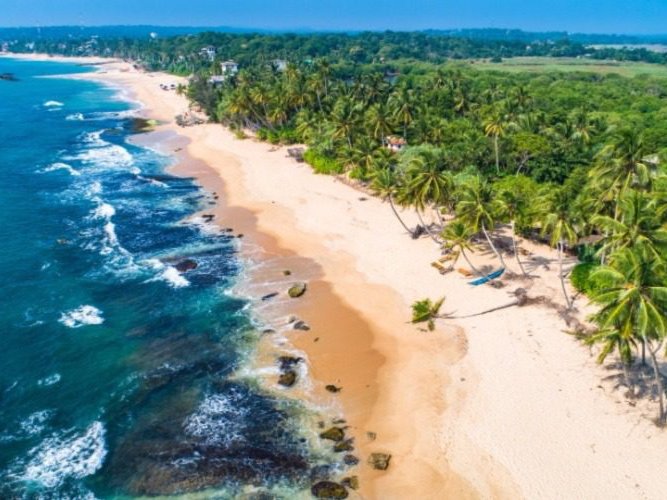Healing the Soul and the Soil: Sustainable Wellness & Spa Tourism in Sri Lanka

Introduction
Sri Lanka is not merely a tropical island; it is a land of rhythm, healing, and resilience. Known for its timeless Ayurveda traditions, misty mountains, tranquil beaches, and spiritual sanctuaries, the island is blessed with a heritage that naturally lends itself to wellness. Yet, this blessing is also a responsibility. The question facing us today is whether Sri Lanka can transform its wellness and spa sector into a sustainable global model—one that simultaneously nurtures human well-being, safeguards ecosystems, and uplifts communities. Across my professional journey spanning more than three decades, I have observed first-hand how wellness tourism evolves in diverse regions such as the Maldives, Zanzibar, Rwanda, the UAE, and Saudi Arabia. Each destination offers unique insights. The Maldives has mastered the art of luxury retreats on fragile ecosystems, Rwanda has shown how to integrate conservation and healing with community upliftment, and the Middle East is now investing heavily in medical wellness and spa hybrids. Sri Lanka can and must learn from these global models while drawing strength from its ancient heritage.
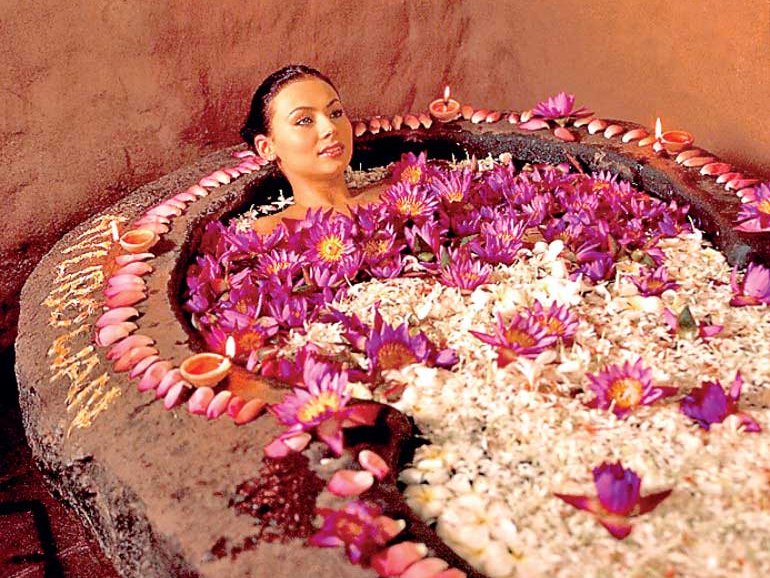
1. The Global Wellness Landscape: A Sector Too Big to Ignore
The global wellness economy has emerged as one of the fastest-growing industries in the 21st century. In 2023 alone, the worldwide wellness economy reached an estimated 6.3 trillion US dollars, representing nearly six percent of global GDP. Forecasts suggest that this figure will climb steadily to around 9 trillion US dollars by 2028. This is not a passing trend but a structural shift in how human beings now value preventive care, holistic lifestyles, and stress management in an increasingly uncertain world.
Within this broad economy, wellness tourism has become a star performer. Valued at more than 800 billion US dollars in 2022, it is projected to surpass 2.1 trillion US dollars by 2030, growing at a pace that outstrips almost every other tourism niche. Wellness travelers—whether international or domestic—tend to spend far more than the average leisure tourist. Studies show that a wellness tourist may spend up to 130 percent more per trip, and in many markets, domestic wellness travelers account for nearly two-thirds of total wellness expenditure.
The spa industry itself is no small player. Valued close to 95 billion US dollars in 2021, it is forecast to grow beyond 185 billion US dollars by the end of this decade. This sector now incorporates not only massages, thermal baths, and hydrotherapy, but also medical wellness, longevity diagnostics, nutritional consultations, and mindfulness therapies. In Asia-Pacific, wellness travel has surged by more than 30 percent in just two years, and spending has nearly doubled within five years. For Sri Lanka, these numbers signal both urgency and opportunity. If the island were to capture even one percent of the global wellness tourism market, it could add approximately 20 billion US dollars annually to the national economy—far exceeding traditional mass-tourism earnings.
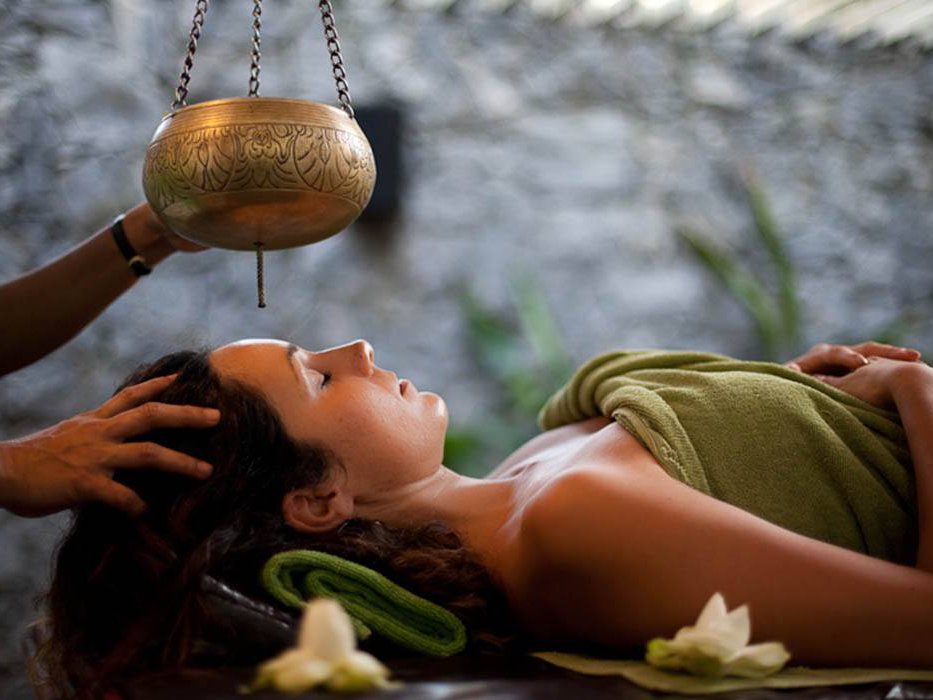
2. Sri Lanka’s Advantage: Heritage Meets Demand
Sri Lanka possesses something that many competitors envy: a living wellness heritage rooted in Ayurveda, yoga, meditation, indigenous plant medicine, and sacred ecological landscapes. The island’s knowledge systems are centuries old, yet they remain highly relevant to the stresses and anxieties of modern life.
The country’s Ayurveda sector already provides treatments for conditions such as stress, insomnia, arthritis, and digestive disorders. However, too often these are confined to urban spas or marketed superficially to tourists. What is required is a holistic repositioning of Sri Lanka as an authentic, eco-conscious wellness destination—offering experiences that go beyond massages and herbal teas, to encompass community engagement, nature-based healing, and sustainability-driven architecture.
The challenge lies in transforming heritage into high-value tourism products without diluting authenticity. Bureaucratic inertia, fragmented regulation, and lack of investment have often slowed progress. Yet the demand exists, and it is growing faster than supply.
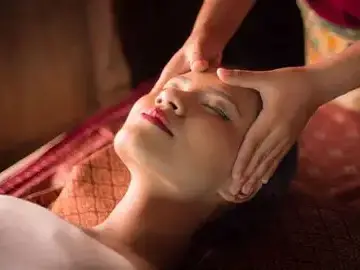
3. Case Studies: Sustainable Wellness and Spa Models
To illustrate the opportunities, let us examine seven case studies—six within Sri Lanka and one international for comparative value—that demonstrate how sustainable wellness can thrive.
Case Study 1: Heritance Kandalama – Architecture as Healing
The Heritance Kandalama hotel in Dambulla is a pioneering model in Asia for green hospitality. Designed by Geoffrey Bawa, the property was carefully built into the natural rock formations, overlooking Sigiriya and surrounded by jungle. Its design reduces artificial energy demand through natural ventilation, rainwater harvesting, and integration of vegetation. The hotel was the first in Asia to receive international green certification, and it remains a living example of how architecture itself can serve as a form of guest wellness. Guests report not only physical comfort but a deep sense of serenity born from harmony with nature.
Case Study 2: Ayurveda Retreats in Rural Villages
In southern Sri Lanka, near Galle, several community-owned Ayurveda retreats have emerged. These retreats employ local practitioners, grow herbs in village gardens, and reinvest a portion of profits into village schools. Guests receive treatments based on centuries-old practices, while also experiencing authentic cultural exchanges. The model provides livelihoods, conserves traditional knowledge, and allows guests to leave with more than just relaxation—they leave with understanding.
Case Study 3: Forest Retreats in Ella
In the highlands near Ella, small eco-huts and forest lodges are offering mindfulness and yoga retreats. Here, guests engage in silent meditation walks, organic cooking lessons, and birdwatching tours. Renewable energy is generated through small solar grids, while biogas units manage organic waste. These retreats attract long-stay visitors from Europe and Asia seeking digital detox, bringing higher per-guest spending with lower environmental pressure compared to mass tourism.
Case Study 4: Coastal Healing in Kalpitiya
On the northwest coast, Kalpitiya has seen the emergence of boutique wellness spas that incorporate salt-water hydrotherapy and open-air bamboo pavilions. Power comes from solar and wind energy, while mangrove reforestation projects involve both guests and local communities. This coastal model shows how wellness can directly contribute to climate resilience—restoring mangroves not only improves guest experience but also protects coastal ecosystems from erosion.
Case Study 5: Herbal Gardens and Academic Partnerships in Dambulla
In central Sri Lanka, wellness centers partnered with Ayurveda colleges have developed living herbal gardens. Guests can tour the gardens, guided by undergraduates, and even participate in planting sessions. Revenue supports scholarships for rural students, creating a sustainable cycle of education, conservation, and tourism. The integration of academia ensures authenticity and research-based validation of treatments.
Case Study 6: Urban Boutique Wellness in Colombo
Even within a bustling capital, wellness innovation is possible. A boutique eco-hotel in Colombo offers personalized wellness programs combining sound therapy, ergonomic yoga, and diet consultations with rooftop gardens and composting systems. Guests are urban professionals and expatriates who seek short but impactful wellness breaks. This case proves that wellness does not have to be confined to rural landscapes—it can thrive in cities if thoughtfully designed.
Case Study 7 (International): Rwanda’s Gorilla Guardians
Rwanda offers a powerful comparative lesson. Former combatants in conflict zones were trained as wildlife rangers and premium guides. In time, they became wellness ambassadors, combining conservation with storytelling and healing. Sri Lanka’s post-conflict regions could similarly integrate wellness tourism—transforming trauma into resilience and livelihoods.
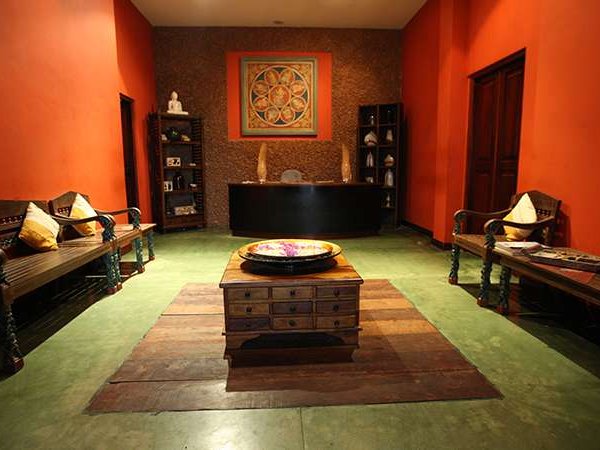
4. Strategy for a Sri Lankan Sustainable Wellness Model
Building on these lessons, I propose a six-pillar framework:
- Authenticity and Ayurveda – Treatments must remain true to Sri Lankan traditions, supported by documented heritage and storytelling.
- Green Infrastructure – New resorts should prioritize eco-certified design, renewable energy, water recycling, and minimal land clearance.
- Community Benefit-Sharing – Local farmers, artisans, and healers should be embedded into the value chain.
- Eco-Conscious Operations – From biodegradable spa products to plastic-free supply chains, sustainability must be visible at every touchpoint.
- Experiential Personalization – Programs should be customizable, blending meditation, Ayurveda, adventure, and culinary wellness.
- Strategic Branding – Position Sri Lanka as a high-value, low-volume wellness haven, attracting quality-focused tourists rather than sheer numbers.
5. The Economic Potential
The numbers are compelling:
- Global wellness economy: 6.3 trillion US dollars in 2023, heading toward 9 trillion by 2028.
- Wellness tourism: from 815 billion in 2022 to 2.1 trillion by 2030.
- Spa industry: from 95 billion in 2021 to 185 billion by 2030.
- Wellness tourists spend 130 percent more per trip than average travelers.
- Asia-Pacific wellness spending nearly doubled within five years, from 137 billion to 252 billion.
If Sri Lanka secures even a tiny share—just one percent of this market—the economic gains would surpass what the country currently earns from traditional beach-based tourism. Importantly, this revenue would be spread across rural villages, herbal farms, and small communities, not concentrated only in urban centers.
6. Ethical and Legal Safeguards
A sustainable wellness model must protect cultural integrity and legal compliance:
- Medical accuracy: No exaggerated health claims; treatments must be described as supportive, not curative, unless medically validated.
- Intellectual Property: Respect the rights of indigenous communities under the Intellectual Property Act No. 52 of 1979.
- Equality: Ensure non-discrimination and dignity, consistent with the ICCPR Act No. 56 of 2007.
- Privacy: Protect client data, especially health-related details.
- Environment: Comply with conservation regulations, particularly in forest reserves, coastal zones, and wetlands.
7. Conclusion: A Call to Action
Sri Lanka’s wellness and spa sector is more than a business opportunity—it is a cultural responsibility. The island can become a global sanctuary for mind, body, and soul if it invests in authenticity, community engagement, and environmental stewardship. In doing so, it will not only serve international travelers but also nurture the well-being of its own citizens.
The path ahead demands courage, coordination, and vision. But the prize is profound: a Sri Lanka that heals both the soul and the soil.
Disclaimer
This article has been authored and published in good faith by Dr. Dharshana Weerakoon, DBA (USA), based on publicly available data from cited national and international sources including tourism authorities, economic data, and conservation bodies, as well as decades of professional experience across multiple continents. It is intended solely for educational, journalistic, and public awareness purposes to stimulate discussion on sustainable tourism models. The author accepts no responsibility for any misinterpretation, adaptation, or misuse of the content. Views expressed are entirely personal and analytical, and do not constitute legal, financial, or investment advice. This article and the proposed model are designed to comply fully with Sri Lankan law, including the Intellectual Property Act No. 52 of 1979 (regarding artisan rights and design ownership), the ICCPR Act No. 56 of 2007 (ensuring non-discrimination and dignity), and relevant data privacy and ethical standards.
✍ Authored independently and organically through lived professional expertise—not AI-generated.
Further Reading: https://dharshanaweerakoon.com/rekindling-wellness-sri-lankas-hidden-hot-springs-for-arthritis-relief-retreats/

